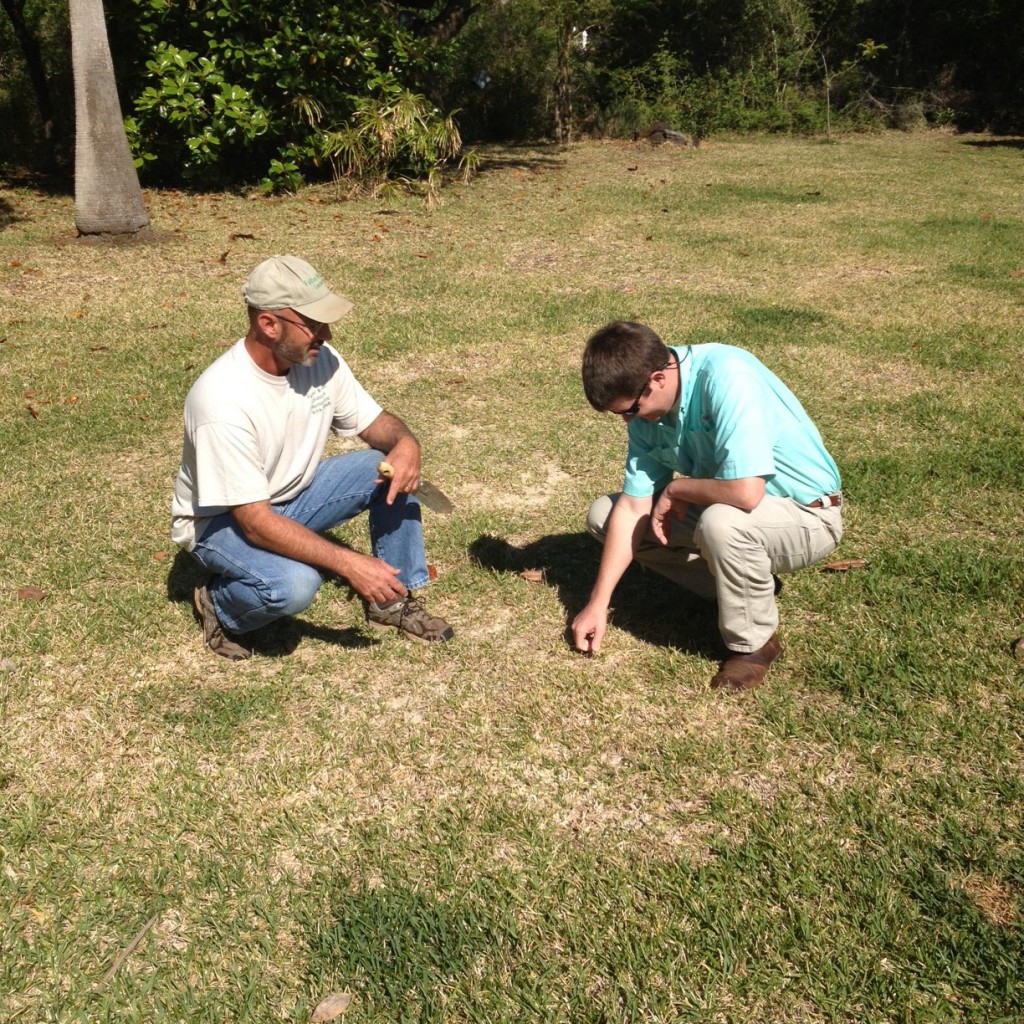Some times the lawn just gets away from us. It can be completely invaded by weeds or have a devastating disease or insect pest cause total destruction. If your lawn is problem prone there are many cultural practices that can be modified to ensure a successful lawn, but sometimes the lawn is in need of a fresh start and needs to be completely reestablished. If over 50% of the lawn is undesirable than it is time to take action to develop better lawn.
What are the factors that may have caused your lawn to decline so badly? Well here are some common problems that may need to be overcome as you move your lawn into its new era:
- Improper cultural practices: incorrect mowing height or frequency, excessive or insufficient fertilization, irrigation, and pest control. – Homeowner Best Management Practices for the Home Lawn
- Excessive thatch accumulation
- Undesirable soil conditions like compaction and poor drainage
- Incorrect soil ph – Soil pH and the Home Landscape or Garden
As a new lawn is established, correcting these problems will help to ensure the investment will be better taken care of in the future.
Which turf should I choose for my next lawn? Try to answer these questions before you decide:
- How much maintenance can I provide?
- What do I expect aesthetically?
- Are there any site limitations ?
Here is a publication from Alabama Cooperative Extension to help you choose the correct turfgrass for your next lawn: Selecting Turfgrasses for Home Lawns (while looking at the tables use the South adaptation for the Florida panhandle)
Once the turfgrass type has been chosen, a variety must be chosen. Here are some recommendations:
- Centipede – ‘Common’
- Zoysia – ‘Empire’, ‘UltimateFlora’, ‘El Toro’
- St. Augustine – ‘Palmetto’, ‘Classic’
Get more information on Lawn Management in the Florida Lawn Handbook
- Mowing Your Lawn Correctly - July 21, 2017
- Landscape Pruning - May 18, 2017
- Choosing a Lawn Maintenance Company - March 9, 2017

